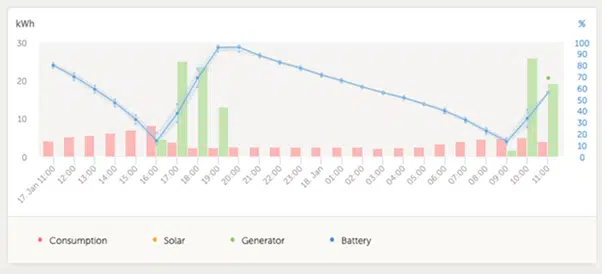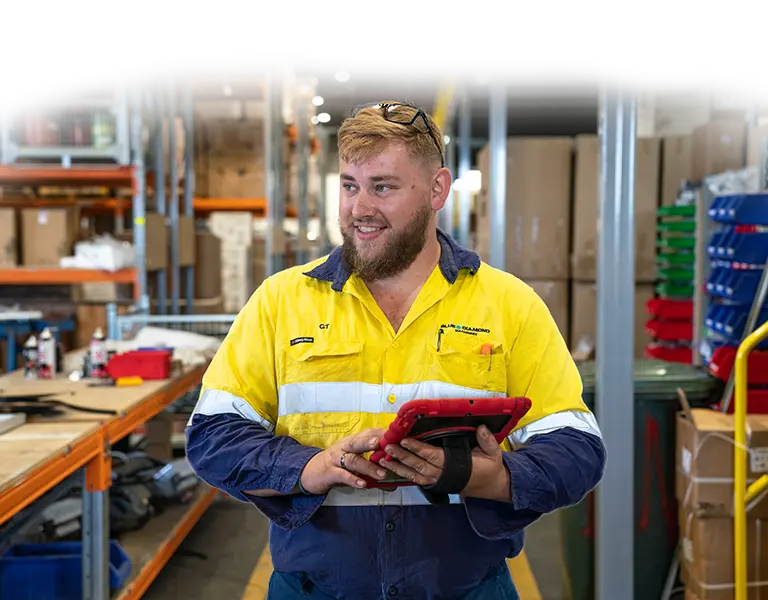The growing interest in Battery Energy Storage Systems (BESS) is an example of this – a battery-run energy storage unit to produce cleaner, immediate energy. But what is cycle charging? And, more importantly, is this process considered ‘green energy’?
For the purpose of this article, we’ll refer to real data from one of our BESS units on a Tier 1 construction site in Sydney.
Here, we’ll focus on the process of cycle charging of the battery in BESS units, like our POWR2 POWERBANKS, if this is considered ‘green energy’ and what this could mean for construction sites.


